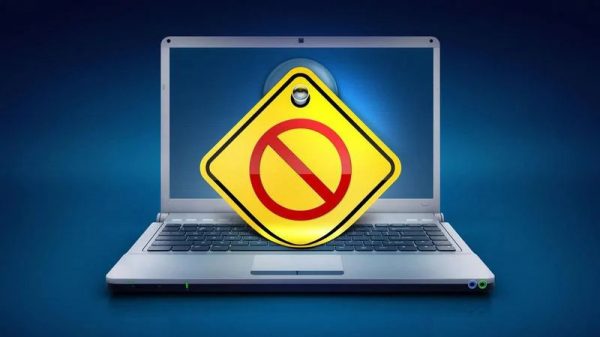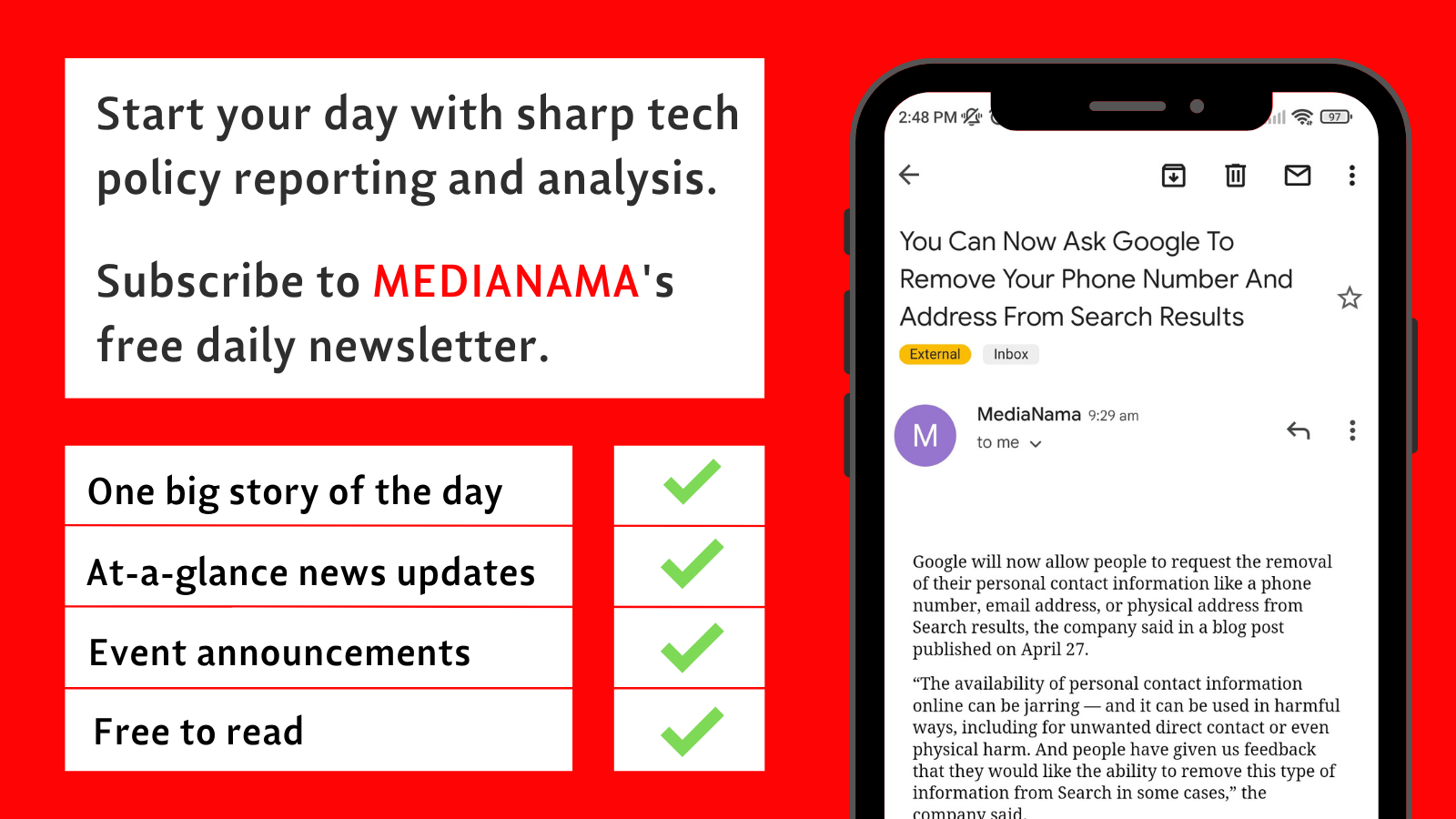The US Consumer Financial Protection Bureau (CFPB) on September 15 published a report detailing the consumer harms that it observed with the “rapidly growing” Buy Now, Pay Later (BNPL) industry arising from practices like data harvesting, inconsistent consumer protection, and debt overextension. The agency noted that it will identify potential guidelines or rules to issue to ensure that BNPL lenders adhere to many of the baseline protections that already exist for other forms of credit. The report comes after CFBP in December 2021 announced a market monitoring inquiry to gain more insight into the industry.
Why does this matter? BNPL is not just a fast-growing industry in the US but in India as well. The Reserve Bank of India (RBI) is also contemplating regulations for the industry after numerous complaints emerged accusing lenders of high-interest rates and unethical recovery practices. CFBP’s report sheds further light on the types of consumer harms associated with the BNPL industry and hints at what kind of regulations we can expect going forward.
FREE READ of the day by MediaNama: Click here to sign-up for our free-read of the day newsletter delivered daily before 9 AM in your inbox.
What is BNPL? “BNPL is a form of credit that allows a consumer to split a retail transaction into smaller, interest-free installments and repay over time. The typical BNPL structure divides a $5o to $1,000 purchase into four equal installments, with the first installment paid as a down payment due at checkout, and the next three due in two-week intervals over six weeks. When a borrower does not make these payments, many BNPL lenders charge late fees, often around $7 per missed payment on an average loan size of $135,” CFBP explained. “Once a niche financial offering that was heavily concentrated in apparel and beauty, Buy Now, Pay Later has now branched out to industries as disparate as travel, pet care, and even groceries and gas,” the agency added.
The recent growth of BNPL: “Buy Now, Pay Later rose to prominence in the past decade as an alternative form of credit for online retail purchases. The lending option has gained traction with consumers who seek the flexibility of being able to pay for goods and services over time, but who may have been leery of other credit products,” CFBP noted.
Some trends in the industry: CFBP outlined the following trends observed in the BNPL industry:
- Rapid growth: “From 2019 to 2021, the number of BNPL loans originated in the U.S. by the five lenders surveyed grew by 970 percent, from 16.8 to 180 million, while the dollar volume of those originations (commonly referred to as Gross Merchandise Volume, or GMV) grew by 1,092 percent, from $2 billion to $24.2 billion.”
- Diverse usage: “The industry mix of BNPL usage is diversifying. Apparel and beauty merchants, who had combined to account for 80.1 percent of originations in 2019, only accounted for 58.6 percent in 2021.”
- Rising approval rates: “73% of applicants were approved for credit in 2021, up from 69% in 2020.”
- Late fees are becoming more common: “10.5% of unique users were charged at least one late fee in 2021, up from 7.8% in 2020.”
- Shrinking profit margins: “Margins in 2021 were 1.01% of the total amount of loan originated, down from 1.27% in 2020.”
What are the risks to consumers?
CFBP observed that BNPL lenders can make these loans “appear to be a zero-risk credit option” but there are “several areas of risk of consumer harm”, including:
- Lower consumer protections: BNPL loans do not offer the same protection to borrowers as other standard forms of credit in the consumer financial marketplace. “These include a lack of standardized cost-of-credit disclosures, minimal dispute resolution rights, a forced opt-in to autopay, and companies that assess multiple late fees on the same missed payment,” CFBP noted.
- Overextension and improper credit reporting: BNPL apps are “engineered to encourage consumers to purchase more and borrow more” and “in doing so present a pair of risks: loan stacking, which can cause borrowers to take out several loans within a short time frame at simultaneous lenders; and sustained usage, in which frequent BNPL consumption over a period of months and years may affect consumers’ ability to meet non-BNPL obligations,” the agency stated.
- Data harvesting and monetization: “Many Buy Now, Pay Later lenders are shifting their business models toward proprietary app usage, which allows them to build a valuable digital profile of each user’s shopping preferences and behavior. The practice of harvesting and monetizing consumer data across the payments and lending ecosystems may threaten consumers’ privacy, security, and autonomy. It also may lead to a consolidation of market power in the hands of a few large tech platforms who own the largest volume of consumer data, and reduce long-term innovation, choice, and price competition,” CFBP noted.
“We find that Buy Now, Pay Later firms are building business models dependent on digital surveillance. In some ways, these firms aren’t just lenders, they are also advertisers and virtual mall operators. Because they are deeply embedded as a payment mechanism for e-commerce, Buy Now, Pay Later lenders can gather extraordinarily detailed information about your purchase behavior, in a way traditional cards cannot. Buy Now, Pay Later has mimicked parts of Big Tech’s surveillance model to harvest and monetize data in ways that banks and credit unions have typically avoided. Many of these firms have created their own gateways and digital, app-driven marketplaces, powered by personalized behavioral data, to lure their users into buying more products financed through a Buy Now, Pay Later loan. Increasingly, Buy Now, Pay Later firms can leverage data and user interface design to gamify shopping and lending, promoting repeat usage and further revenue generation.” — CFPB Director Rohit Chopra.
BNPL regulations in the US
Current regulations: BNPL providers are currently subject to some federal and state oversight and the CFPB has enforcement authority over them in certain circumstances. In some states, BNPL is considered consumer credit and requires state licensing or registration, as well as compliance with state consumer credit laws, but in other states, it does not require licensing or registration, CFBP briefly outlined.
What can we expect going forward:
- New rules to ensure protection consistent with credit cards: “To address the discrete consumer harms, the CFPB will identify potential interpretive guidance or rules to issue with the goal of ensuring that Buy Now, Pay Later lenders adhere to many of the baseline protections that Congress has already established for credit cards. As part of this review, the agency will also ensure Buy Now, Pay Later lenders, just like credit card companies, are subjected to appropriate supervisory examinations,” CFBP stated.
- Prohibitions on data surveillance practices: “To address emerging risk issues with data harvesting, the CFPB will identify the data surveillance practices that Buy Now, Pay Later lenders should seek to avoid,” the agency noted. “I have asked that staff identify the data surveillance practices that Buy Now, Pay Later providers engage in that may need to be curtailed. Specifically, we will be examining some of the types of demographic, transactional, and behavioral data that is collected for uses outside of the lending transaction, including for the purpose of sponsored ad placements, sharing with merchants, and developing user-specific discounting practices,” Director Rohit Chopra said.
- Reducing the risk of overextension: “To reduce the risk of borrower overextension, the CFPB will continue to address how the industry can develop appropriate and accurate credit reporting practices. The agency will also take steps to ensure the methodology used by the CFPB and the rest of the Federal Reserve System to estimate household debt burden is rigorous,” CFBP stated.
BNPL industry in India
In India, the BNPL industry faced a huge setback in June when RBI announced that non-banks issuing prepaid payment instruments (PPIs) like wallets and prepaid cards cannot offer customers a credit line on these instruments. This move severely impacted Indian fintech start-ups like Slice, LazyPay, PhonePe, and Paytm, whose businesses involved issuing short-term BNPL loans to customers to refill their prepaid cards or wallets. Following this announcement, many BNPL lenders had to change their business model or stop offering loans altogether. Many fintech industry bodies reached out to the central bank, seeking clarity regarding the new rules and a six-month extension to comply with them. These organisations included the Payment Council of India, Federation of Indian Chambers of Commerce and Industry and Digital Lenders’ Association of India, among others.
Later in July, RBI said that it will release more guidelines for the BNPL industry. This was also hinted at in RBI’s Payments Vision 2025 document published in June. “This novel method shall be examined, and issuance of appropriate guidelines on payments involving BNPL shall be explored,” the document read.
In August, RBI released detailed guidelines to govern digital lending including lending through online platforms and mobile apps. The guidelines cover aspects like transparency, recovery practices, data collection practices, etc. These guidelines, however, cover more than just BNPL lenders, so it is not clear if RBI will further notify guidelines specific to the BNPL industry.
Hidden costs of BNPL products: Dvara Report
In July, Dvara Research published a report on the hidden costs of BNPL products:
- Financiers retained the right to reject applications unilaterally without giving reasons for rejection.
- Some providers explicitly hold customers responsible for assessing the suitability of the credit being offered. Other providers are silent about who is responsible to assess suitability.
- Some providers’ policies had potentially unlawful provisions – like a waiver of customer safeguards under usury laws and other laws relating to charging of interest.
- Credit reporting practices are rarely disclosed to customers. Providers also do not disclose how using BNPL products can affect customers’ credit scores.
- Providers’ conditions have broad and ambiguous clauses relating to personal data use, giving providers leeway for using personal data for broad purposes.
- Some providers mentioned the possibility of charging undisclosed, non-refundable processing fees for user applications.
This post is released under a CC-BY-SA 4.0 license. Please feel free to republish on your site, with attribution and a link. Adaptation and rewriting, though allowed, should be true to the original.
Also Read
- RBI Bars Prepaid Wallets And Cards From Offering Credit Lines To Customers
- RBI Set To Release More Guidelines For BNPL Companies Using Pre-Paid Instruments
- How Fintech Startup Slice Is Working Around RBI’s New Norms On Credit Lines
- A Think Tank’s New Research Report Uncovers The Hidden Costs Of BNPL Products
- Summary: What Are RBI’s New Rules For Digital Lending Apps And Service Providers?






























